I have made my first trip alone, in contrast to simply travelling alone. When I was writing my doctorate I travelled widely through the Czech Republic and Poland. I was confident and happy to be on my own.
Now is very different.
Then I was going home to my husband. Each day I was away he was at the end of the telephone wanting to know how I was and how my research was going.
Travelling to Orkney to scatter Tony's ashes and to try and learn how to eat and sleep again, I no longer have that same level of confidence. Perhaps this is natural after the loss of Tony, but I feel I have "widow" stamped through me like Blackpool rock. There for everyone to see. I am shaky and do not know how to settle into this new reality – the black rings and bags under my eyes testimony to my misery. I find it difficult to look people in the eye. I am afraid of finding sympathy there.
I need privacy to cry.
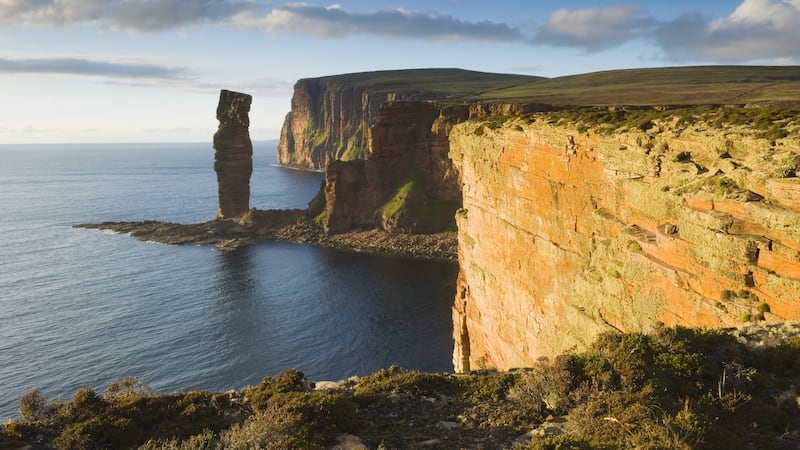
Orkney is somewhere I have always wanted to visit. A land of myths and legends and ancient people. Tony was usually happy to go along with my travel suggestions, but on this one he was adamant. There was absolutely no way on this earth he was ever going to Orkney. I tried pointing out, to no avail, we had been to Copenhagen for a long weekend – and that was even further north.
Allegedly, that was different. No matter how cold, Copenhagen is still a sophisticated metropolis, not a wind-blasted rock in the North Sea.
When Tony and I were in Copenhagen we took a train journey north to the Old Viking capital, Roskilde. There was, of course, a Viking museum. As museums go it was fine, if you like that sort of thing. And Tony did. My feeling is, if you have seen one Viking long boat then you have essentially seen them all. I dutifully trailed around allowing myself to be educated. As we were coming to the end of the exhibitions I noticed something that made my heart sink to my boots. Oh no, no, please no.
I immediately engaged Tony in earnest conversation about how far the Vikings had travelled. Why, they even made it to Dublin. Perhaps, he was right and his Irish forefathers were descended from Vikings? My sudden animation on the subject made Tony immediately suspicious. What was I trying to hide?
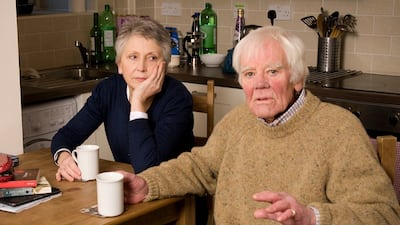
Then he spotted it. A dressing up box full of Viking outfits. It was irresistible. Surprising a group of children and their even more surprised parents, he grabbed a cloak, sword, shield and Viking helmet. He wanted me to photograph him. My face shone like a beacon with embarrassment. I figured the sooner I took the picture the sooner I could drag him away. But no. One little boy was brave enough to start a sword fight with Tony. Soon others were joining in and there was a mass Viking brawl in the play area. At the risk of causing tears and tantrums – and that was just Tony – I managed to remove him from the melee and escort him from the building.
I had forgotten, or was more likely traumatised by, this story until I was thinking about what to do with Tony’s ashes. When he died, so many people said to me he was free from his torment. That was true, but he was still pinned to the earth. I wanted him to be truly free.
Orkney and Vikings were the solution.
When I knew the wind would be in the right direction to blow Tony to Norway, I crossed the causeway to the Brough of Birsay, climbed the hill and walked to the northern-most point. Tony is now free to roam, to cause mayhem and remain a good, strong spirit.
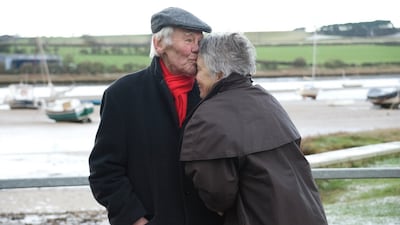
So, what now for me?
I have a book to write, a garden to tend and grandchildren to enjoy. I look forward to the time when my aching loss becomes less raw – more of a gentle, loving remembrance.
I also promised Tony I would continue to campaign on the issue of dementia.
I remain angry and frustrated by how little progress has been made in the years of Tony’s illness. I am riled by stories in the media about how such and such a thing will prevent dementia. It is fake news dressed up as pseudo-science. If we do not understand what causes dementia how can we know what will prevent it?
Awareness-raising as a phenomenon has been successful. More people know about the condition and can put a name to it. That is fine as far as it goes. But must we continue with the logically and morally questionable assumption people with dementia are “different” which such schemes imply? Recognising someone has dementia is not the same as understanding the needs of that person and helping them to function within a given social framework.
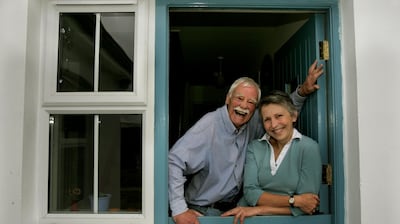
We should not shy away from a radical rethink of dementia policy – at every level – governmental, economic, research, social policy, urban planning, home design and building, robotics, the role of the health service and anything and everything that would drive forward the goal of ultimately achieving normalisation. We should not be afraid to turn current thinking on its head and recognise that it is not delivering.
I believe we should be moving away from focusing solely on the holy grail of cause and treatment. While this continues with the consequent targeting of money into drug research, those who are suffering now must go on struggling with inadequate and failing systems. Research, policy and practice must be more person-centred, not just biomedical and reductionist. The shift has to be diverse, imaginative and sustainable – equal in importance to drug research, not just as an add on.
From my own experience of caring for Tony, I know a person-centred approach would feed into, and provide crucial information for medical research. I have banged on about this for years now, but the knowledge and experience of the carer, wider family and friends cannot be dismissed as anecdotal. Not if we are serious about understanding this complex condition.
A person-based approach would also move us away from the current pharmaceutical driven hegemony that dishing out pills is the answer to everything - when it is clearly not. I am far from certain how the tablets given to Tony helped him, if at all. Essentially, they were a placebo for me. Allowing me to believe, “something was being done”. Patronising me in a way I came to realise was the norm when dealing with carers.
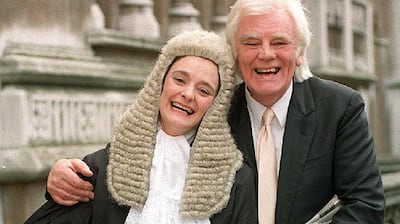
For all his faults (and there were a few) Tony never compromised on his principles – the fight for equality and social justice. Dementia was his last cause, both personal and political. One of his favourite quotes from Shakespeare was, “To thine own self be true.”
So, yes I will garden and quilt and indulge my grandchildren, but I will also carry on giving myself to the cause Tony was so passionate about.
Living with dementia.
I am still here.










